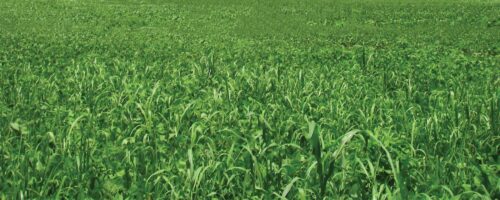Tag: grazing
Categories
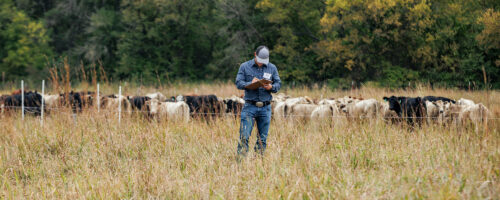
Compute and track your ‘reserve herd days’ to manage forage inventory and grazing
Estimated reading time: 11 minutes
Knowing how to estimate forage inventories and actively manage grazing accordingly cuts down on hay feedi...
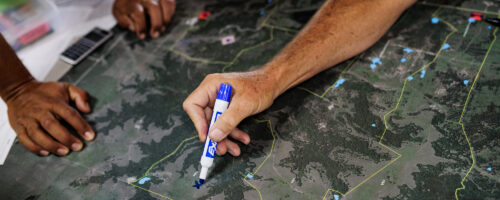
Noble Research Institute Focuses on Grazing and Business with Latest Ranch Management Course
Estimated reading time: 3 minutes
Business of Grazing will launch later this month with 2024 course offerings in Oklahoma, Nebraska and Tex...
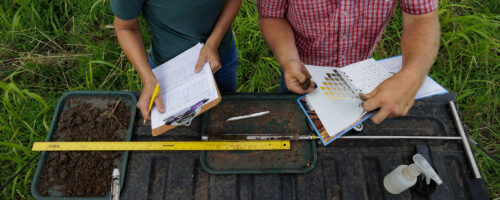
Noble Transitions Team: Digging for Data in the Dirt
Estimated reading time: 6 minutes
The Noble Transitions Team is monitoring soil health at 136 sample sites across all seven Noble Ranches,...
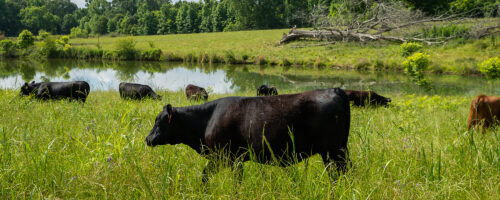
Consider Water Impoundments and Streams When Grazing Livestock
Estimated reading time: 5 minutes
Proper grazing planning and management can use animal impact to help, not hurt, important water-based eco...
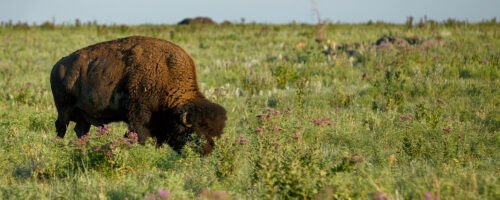
A Restoration Tale: Ruminants Small and Large Help Regenerate Depleted Prairie
Estimated reading time: 6 minutes
See how a researcher and his family restored soil health, native grasses and diverse forages to abused an...
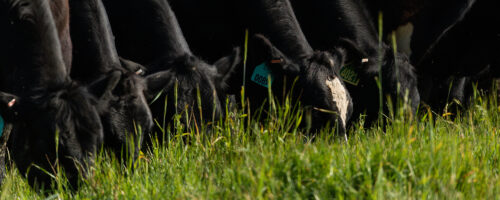
How To Optimize Spring Grazing On A Regenerative Ranch
Estimated reading time: 5 minutes
Have a plan with options, observe closely, and be ready to adjust as needed.
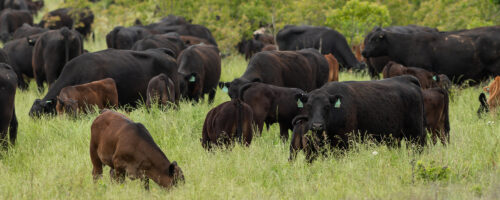
Regenerative Grazing: Not As Time-Intensive As You Think
Estimated reading time: 6 minutes
One Noble Research Institute ranch manager learned regenerative grazing doesn’t have to add to one’s...
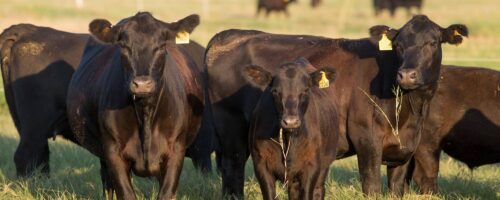
Using Bermudagrass Pastures to Meet Cow Nutrient Requirements
Estimated reading time: 5 minutes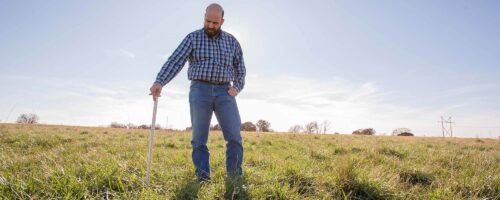
Grazing affects plant root growth
Estimated reading time: 4 minutes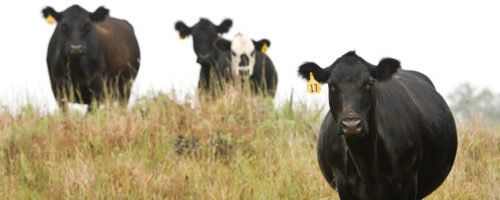
The Efficiency of Beef Production
Estimated reading time: 3 minutes